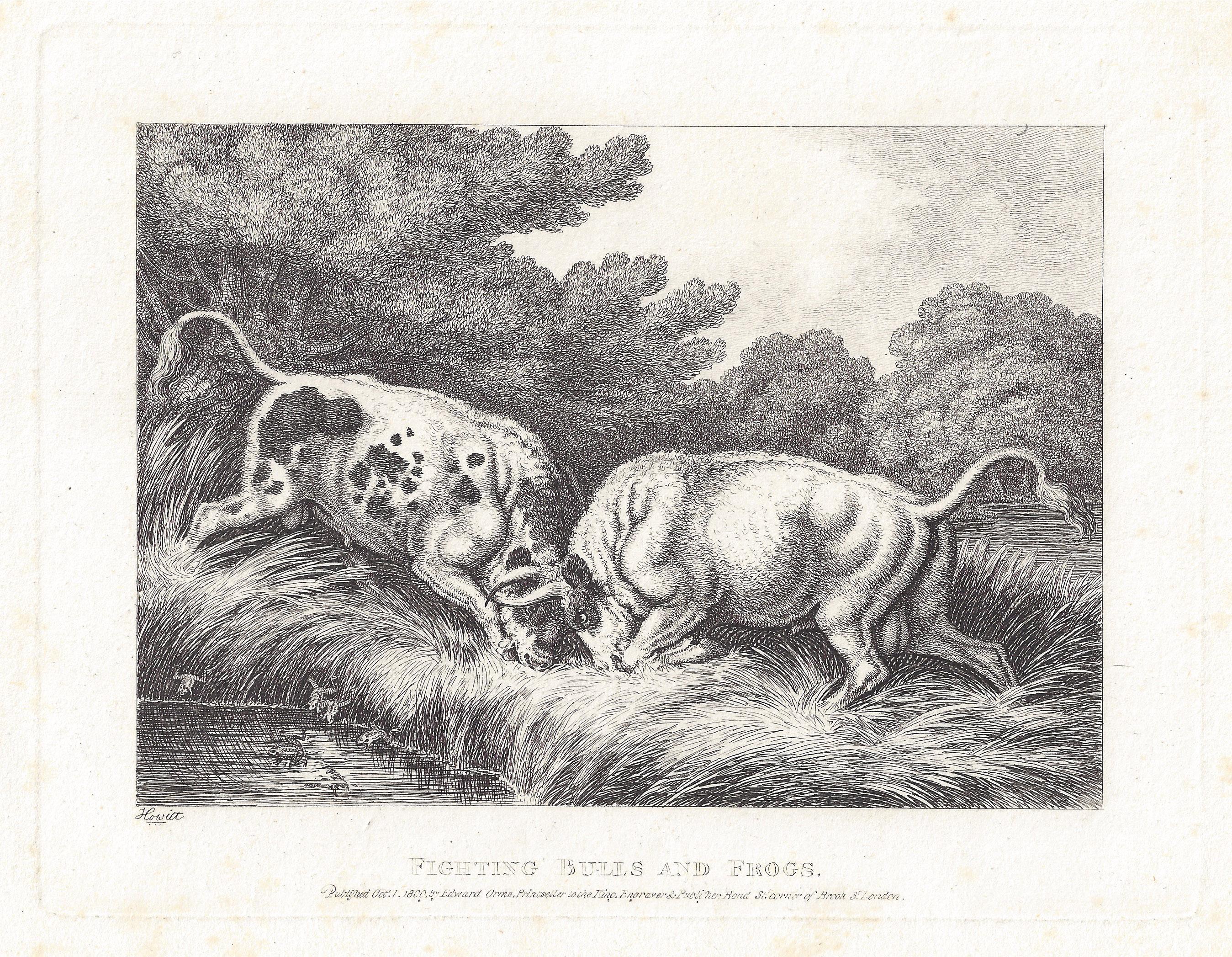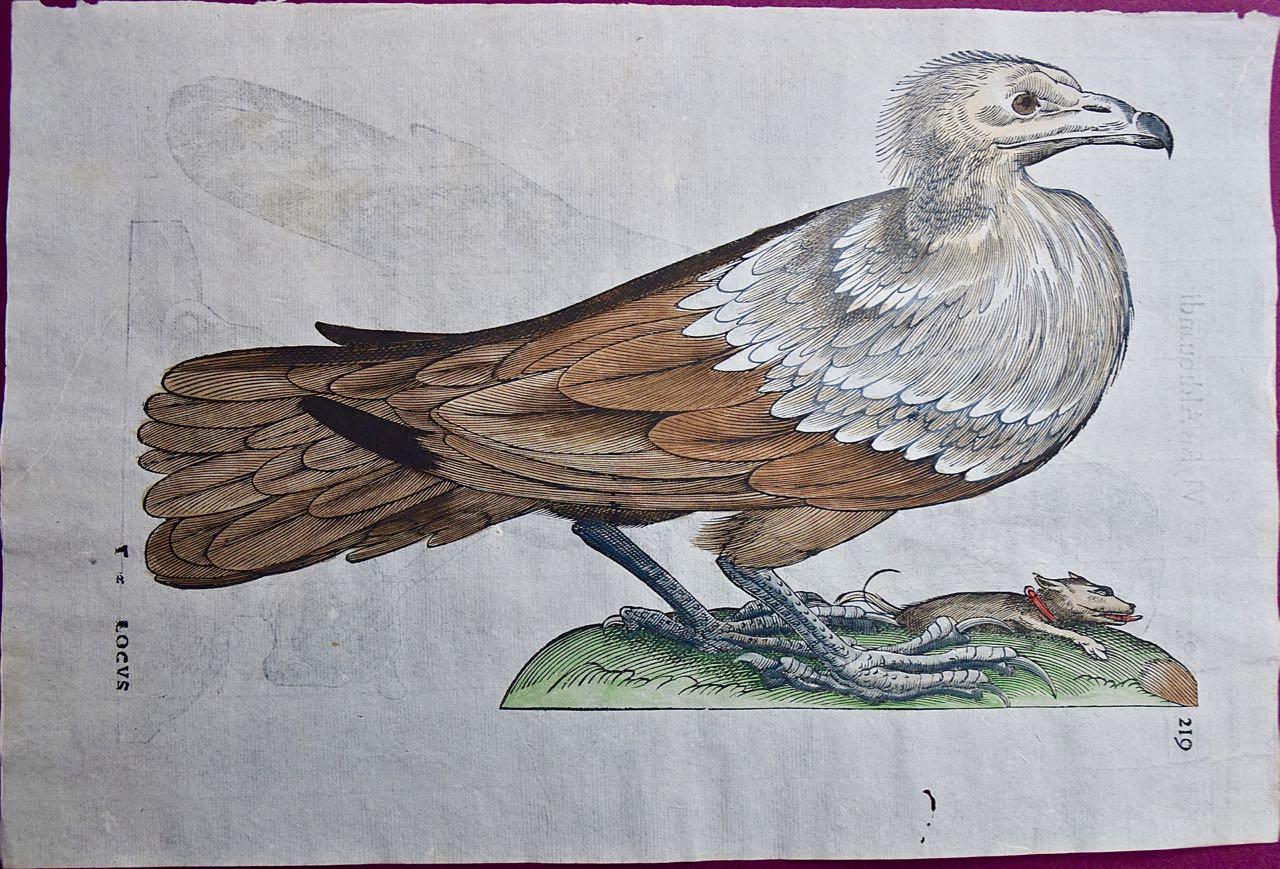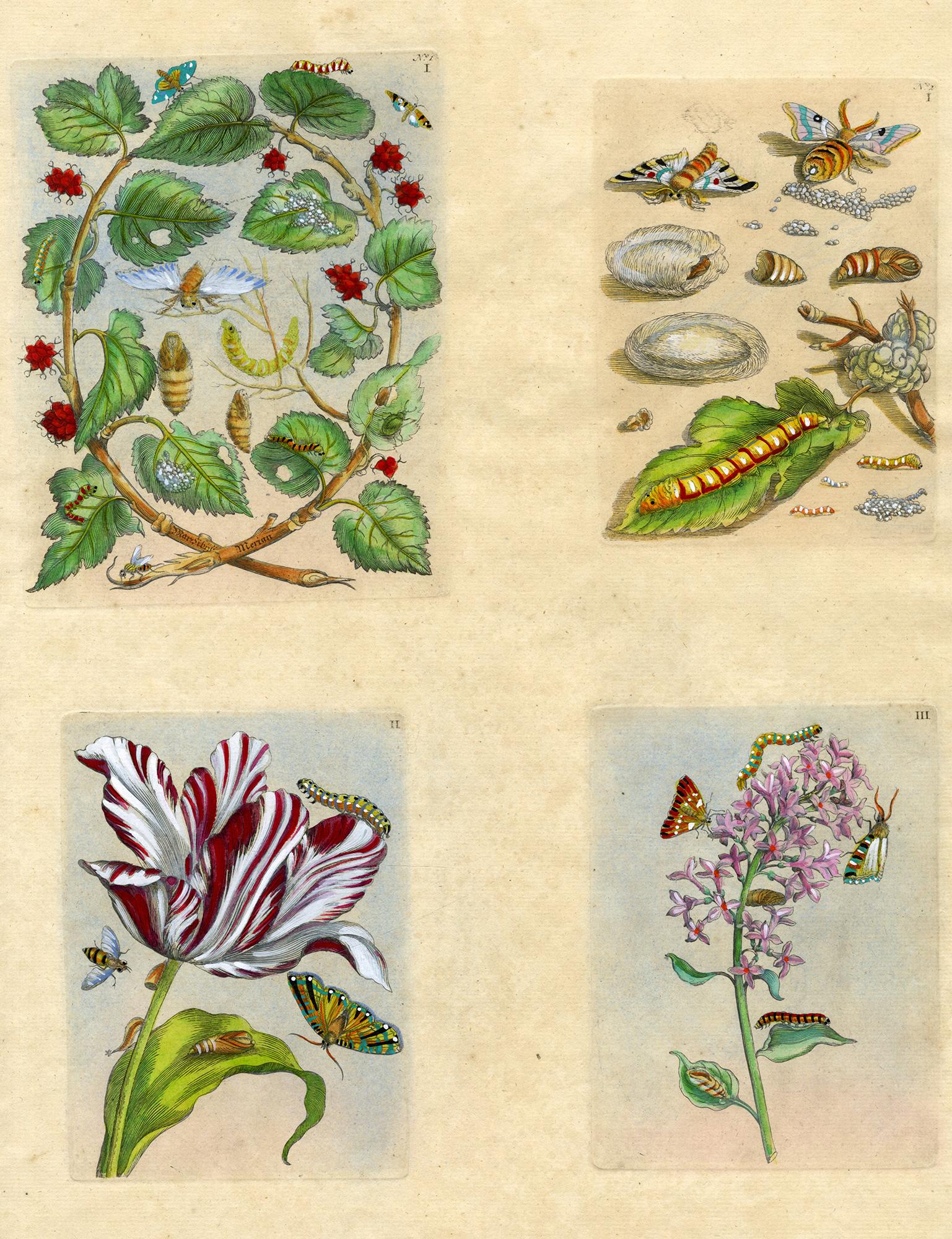Items Similar to Crustaceans - Crab & Lobster, English natural history engraving print, 1837
Want more images or videos?
Request additional images or videos from the seller
1 of 3
UnknownCrustaceans - Crab & Lobster, English natural history engraving print, 18371837
1837
About the Item
'Crustacea'
Copper-line engraving with original hand-colouring. From Baron Georges Cuvier's (1769-1832) 'Animal Kingdom', published in London in 1837.
210mm by 130mm (sheet)
- Creation Year:1837
- Dimensions:Height: 8.27 in (21 cm)Width: 5.12 in (13 cm)
- Medium:
- Movement & Style:
- Period:
- Condition:A couple tiny black spots.
- Gallery Location:Melbourne, AU
- Reference Number:1stDibs: LU124428809742
About the Seller
5.0
Gold Seller
These expertly vetted sellers are highly rated and consistently exceed customer expectations.
Established in 2005
1stDibs seller since 2019
446 sales on 1stDibs
Typical response time: 2 hours
- ShippingRetrieving quote...Ships From: Melbourne, Australia
- Return PolicyA return for this item may be initiated within 14 days of delivery.
More From This SellerView All
- Ass, Ape & Mole, antique animal fable etching by Samuel HowittBy Samuel HowittLocated in Melbourne, VictoriaOriginal antique etching by Samuel Howitt (1756-1822) . C1810. Published by Edward Orme. An early 19th century etching by Howitt from a series depicting ...Category
Early 19th Century Naturalistic Animal Prints
MaterialsEtching, Engraving
- Ape and Fox, antique animal fable etching by Samuel HowittBy Samuel HowittLocated in Melbourne, VictoriaOriginal antique etching by Samuel Howitt (1756-1822) . C1810. Published by Edward Orme. An early 19th century etching by Howitt from a series depicting ...Category
Early 19th Century Naturalistic Animal Prints
MaterialsEtching, Engraving
- Fighting Bulls and Frogs, antique animal fable etching by Samuel HowittBy Samuel HowittLocated in Melbourne, VictoriaOriginal antique etching by Samuel Howitt (1756-1822) . C1810. Published by Edward Orme. An early 19th century etching by Howitt from a series depicting ...Category
Early 19th Century Naturalistic Animal Prints
MaterialsEtching, Engraving
- Hoopoe and Lyre Bird, bird engraving with original hand-colouring, 1849Located in Melbourne, Victoria'Passereaux. Dentirostres. 1. Le Roi des Gobe -Mouches ou Moucherolle a huppe transverse, Buff. (Muscicapa regia) 2. Menure lyre (Macnura lyra. Vieill) ' Steel-engraving with origin...Category
Mid-19th Century Naturalistic Animal Prints
MaterialsEngraving
- The Rostrated Ray, Australia, engraving with original hand-colouring, 1794By Frederick Polydore NodderLocated in Melbourne, Victoria'The Rostrated Ray' (Eastern Shovelnose Ray) Copper-line engraving with original hand-colouring. 1794, by Frederick Polydore Nodder (fl.1770 – 1800). 110mm by 195mm (platemark) 125...Category
Late 18th Century Naturalistic Animal Prints
MaterialsEngraving
- Lesser White Throat, bird and nest engraving by John LathamBy John LathamLocated in Melbourne, VictoriaCopper-line engraving. 1781. From John Latham's 'General Synopsis of Birds' 1781-1785, and its Supplements. Plate number top left. Laid paper with water...Category
Late 18th Century Naturalistic Animal Prints
MaterialsEngraving
You May Also Like
- Royal Sports PIT TICKET - 18thC Entry Ticket to Cock Fight in Georgian EnglandBy William HogarthLocated in Meinisberg, CHAfter William Hogarth (British, 1697–1764) Royal Sports PIT TICKET • Engraving by William Dent (British), active from 1783 to 1793 • Inscribed bottom right: Dent sculp • Plate ca. 7.6 x 9.1cm • Image ca. 6.3 x 7.9 cm • Sheet ca. 23.5 x 15 cm Fantastic imagery full of detail and symbolism – For example discover the cast shadow of the dept collector with his truncheon, looming over the winner, whose fast gained riches are being stolen by a thief as we watch. Worldwide shipping for this object is complimentary - There are no additional charges for handling & delivery. This well know subject was originally created by the famous British artist William Hogarth and then reproduced over time by many contemporary artists as prints of various formats and as paintings. Here we have a rendition engraved by William Dent, who was active from 1783 to 1793 and signed his work in the plate bottom right. I think this impression would date to the late 18th or then to the very early 19th Century. I was told, that these small prints, served as entry tickets to cock fights in Georgian England...Category
Late 18th Century Naturalistic Animal Prints
MaterialsInk, Engraving, Paper
- Bird of Prey: A 16th/17th Century Hand-colored Engraving by AldrovandiBy Ulisse AldrovandiLocated in Alamo, CAThis very rare, first edition, folio hand-colored woodcut engraving of a bird of prey is plate 219 from Ulisse Aldrovandi’s 'Opera Omnia', published ...Category
Early 17th Century Naturalistic Animal Prints
MaterialsEngraving
- 4 plates from The Wondrous Transformation of Caterpillars & their Strange Diet..By Maria Sibylla MerianLocated in Middletown, NYFour plates from The Wondrous Transformation of Caterpillars and their Strange Diet of Flowers. “Wolfsmelk Rupsen;" “Wolfsmilch, Raupe und Schmetterling" Amsterdam: J F Bernard, 1730. Each an engraving with hand coloring in watercolor and gouache printed on one sheet of watermarked Honig cream laid paper, each measures 6 1/4 x 5 inches (157 x 121 mm), sheet measures 20 5/8 x 14 inches (522 x 355 mm), full margins. With handling creases in the lower right sheet quadrant, as well as minor, loose cockling, otherwise in very good condition. The colors are superb with exceptionally fresh and bright saturation. Engraved between 1679 and 1683, printed 1730. Plates included: No.1:I; No. 2:1; II & III. MARIA SIBYLLA MERIAN was one of the most highly respected entomologists of the 17th century, and remains today one of the field's most significant figures. A German-born naturalist and scientific illustrator, she reared herself on the study of caterpillars, and made tremendous contributions to the knowledge of the life cycles of numerous species. Until her detailed and careful study of the process of metamorphosis it was thought that insects were "born of mud," through spontaneous generation. Trained as a miniature painter by her stepfather, she published her first book of illustrations in 1675, at the age of 28. In 1679, Merian published the first volume of the two-volume series on caterpillars, The Wondrous Transformation of Caterpillars and their Strange Diet of Flowers; the second volume followed in 1683. Each volume contained 50 plates that she engraved and etched. In 1699, Merian traveled to Dutch Guiana...Category
Early 18th Century Naturalistic Still-life Prints
MaterialsWatercolor, Engraving
- Spoonbill "Platalea leucorodia": An 18th Century Hand-colored Nozeman EngravingBy Cornelis Nozeman and Jan Christiaan SeppLocated in Alamo, CAThis a rare 18th century hand-colored large folio-sized copperplate engraving entitled "Platalea leucorodia" (Spoonbill) by Cornelius Nozeman in volume II of his publication 'Nederlandsche Vogelen', engraved by Christiaan Sepp or his son Jan Christiaan Sepp, published in Amsterdam in 1770. This engraving depicts a Platalea leucorodia Spoonbill, a large bird that lives mainly in Europe, Asia and Africa. It commonly migrates long distances on thermal air currents from the colder Northern European climates to Sub-Saharan Africa in the winter, sometimes as far long as Finland to South Africa. The Asian black stork...Category
1780s Naturalistic Animal Prints
MaterialsEngraving
- Eurasian Teal Duck: An 18th Century Hand-colored Nozeman Engraving "Anas Crecca"By Cornelis Nozeman and Jan Christiaan SeppLocated in Alamo, CAThis is a rare 18th Century hand-colored large folio-sized copperplate engraving entitled "Anas Crecca" (Eurasian Teal) by Cornelius Nozeman in volume II of his publication 'Nederlan...Category
1770s Naturalistic Animal Prints
MaterialsEngraving
- Eagle: A 16th/17th Century Hand-colored Engraving by AldrovandiBy Ulisse AldrovandiLocated in Alamo, CAThis very rare, first edition, folio hand-colored engraving of an eagle is plate 215 from Ulisse Aldrovandi’s 'Opera Omnia', published between 1599 a...Category
Early 17th Century Naturalistic Animal Prints
MaterialsEngraving
Recently Viewed
View AllMore Ways To Browse
Antique History
Antique Natural History
Natural Antique Prints
Antique English Prints
Antique Natural History Print
Natural History Print Original
Lobster Art
Crab Art
Lobster Antique
Lobster Print
Antique Lobster Print
Cats Name Sam
Elephant Sketch Charcoal
French Peacock Print
Hoi Lebadang Gold
Lighthouse And Birds
Lithograph Pasta
Oiseaux De Paradis





